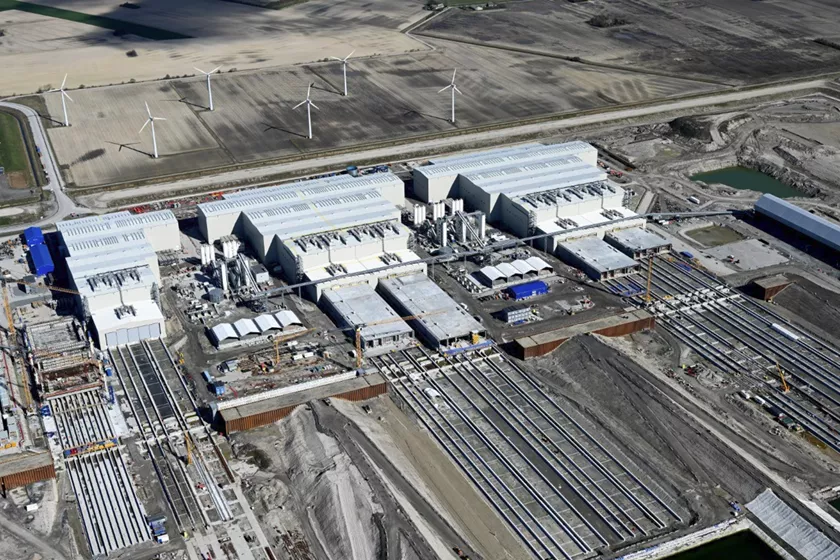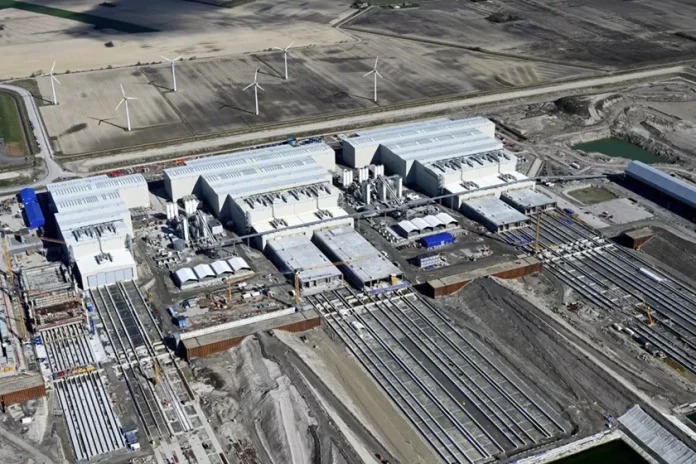Introduction to the Fehmarnbelt Fixed Link
The Fehmarnbelt Fixed Link is set to become a monumental infrastructure project connecting Denmark and Germany. Commencing construction on June 17, 2024, this tunnel will span 11.1 miles (18 kilometers), making it the world’s longest underwater road and rail tunnel. Scheduled for completion in 2029, it promises to revolutionize travel between the two countries, reducing travel time significantly and enhancing connectivity.
Key Features of the Fehmarnbelt Tunnel
The Fehmarnbelt Fixed Link will provide both road and rail connections, a significant advancement compared to other underwater tunnels like the Channel Tunnel, which only accommodates rail traffic. This dual functionality makes it a critical infrastructure project for both passenger and freight transport.
Construction Methodology: Pre-Fabricated Segments
Unlike the Channel Tunnel, which utilized a boring machine, the Fehmarnbelt Tunnel will be constructed using pre-fabricated segments. These segments are being built at a dedicated facility in Roedbyhavn, Denmark. Each segment is 217 meters long, 42 meters wide, and 9 meters tall, weighing approximately 73,000 metric tons. These will be immersed into a specially dug trench, reaching depths of 40 meters below sea level.
Environmental Benefits of the Fehmarnbelt Fixed Link
One of the significant advantages of the Fehmarnbelt Tunnel is its potential environmental benefits. By providing a faster route for trains, it is expected to reduce air traffic between Denmark and Germany, leading to lower carbon emissions. Michael Løvendal Kruse of the Danish Society for Nature Conservation highlights that electric trains will offer a much more sustainable solution for transporting both passengers and cargo.
Opposition and Legal Challenges
Despite its advantages, the Fehmarnbelt Fixed Link has faced opposition from various quarters, including environmental groups, ferry companies, and local municipalities. Concerns have ranged from potential environmental impacts, such as noise and sediment spills, to issues of unfair competition. However, these complaints were dismissed by a federal court in Germany, allowing the project to proceed.

Reducing Travel Time: A Game-Changer
The Fehmarnbelt Fixed Link will dramatically reduce travel time between Denmark and Germany. Currently, the fastest route is a 45-minute ferry ride. Upon completion, the tunnel will reduce travel time to just 7 minutes by train and 10 minutes by car. Additionally, the travel time between the major cities of Copenhagen and Hamburg will be cut down to two and a half hours by train, compared to the current four and a half hours.
Economic Impacts of the Fehmarnbelt Fixed Link
The economic implications of the Fehmarnbelt Tunnel are substantial. By improving connectivity, it is expected to boost trade and tourism between Denmark and Germany. The reduced travel time will facilitate more efficient movement of goods and people, potentially leading to increased economic activity in the region.
Construction Progress and Milestones
Since the commencement of construction, significant progress has been made on the Fehmarnbelt Tunnel. The pre-fabrication facility in Roedbyhavn is operational, and the first segments are already being constructed. Over the next few years, these segments will be carefully placed in the trench, with completion expected by 2029.
Technological Innovations in Tunnel Construction
The construction of the Fehmarnbelt Tunnel involves several technological innovations. The use of pre-fabricated segments is a notable advancement, ensuring high precision and quality control. Additionally, the project employs state-of-the-art engineering techniques to manage the complexities of underwater construction.
Impact on Regional Transportation Networks
The Fehmarnbelt Fixed Link is poised to have a transformative impact on regional transportation networks. By providing a direct route between Denmark and Germany, it will integrate seamlessly with existing road and rail systems, enhancing overall connectivity in Northern Europe.
Future Prospects and Developments
Looking ahead, the Fehmarnbelt Tunnel represents just one of many infrastructure projects aimed at improving connectivity in Europe. As transportation needs continue to evolve, similar projects may be undertaken to address other key routes, further enhancing regional and international travel.
Conclusion: A Landmark Achievement
The Fehmarnbelt Fixed Link is a landmark achievement in engineering and infrastructure. When completed, it will not only be the world’s longest underwater road and rail tunnel but also a crucial link between Denmark and Germany. By reducing travel time and offering significant environmental benefits, it stands to be a game-changer in European transportation.


































